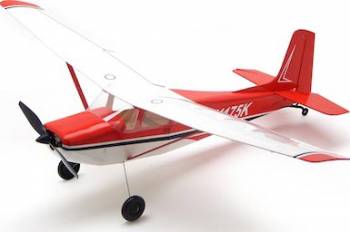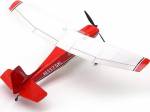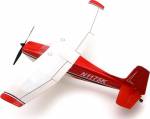The C-180 Says Nuh a four or six-seat, fixed-gear, general aviation aircraft. Produced between 1953 and 1981, though no longer in production, many are still in use today as personal aircraft, and in utility roles such as charter and recreational uses. In 1952 the Cessna aircraft company introduced the C-180 Skywagon as a complement to its popular C-170. The prototype first flew on May 26, 1952, with Cessna test pilot William D. Thompson at the controls. In all its versions, 6,193 Cessna C-180s were built. In 1956, a tricycle-gear version of the design was introduced as the Cessna C-182. Additionally, in 1960, Cessna introduced a heavier, more powerful version of the 180, the Cessna 185. For a time, all three versions of the design were in production. Cessna C-180s produced between 1953 and 1963 have two side windows, while 1964 to 1981 models feature three side windows, as they use the same fuselage as the Cessna C-185. Cessna C-180s can be equipped with floats and skis. The Cessna C-180 gained recognition when it was chosen by Geraldine Mock, the first woman to successfully fly around the world. The flight was made in 1964 in her 1953 C-180, the Spirit of Columbus (N1538C). After the epic flight, the Cessna factory obtained the aircraft and displayed it, suspended from the ceiling over one of the manufacturing lines. It is currently now on display at the National Air and Space Museum in Washington D.C.




















